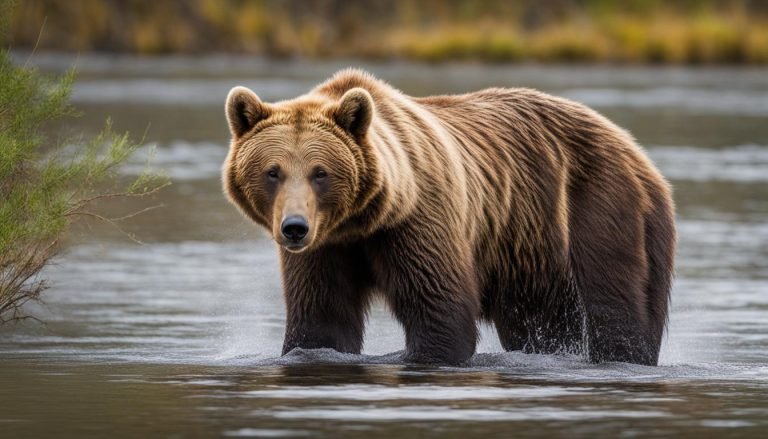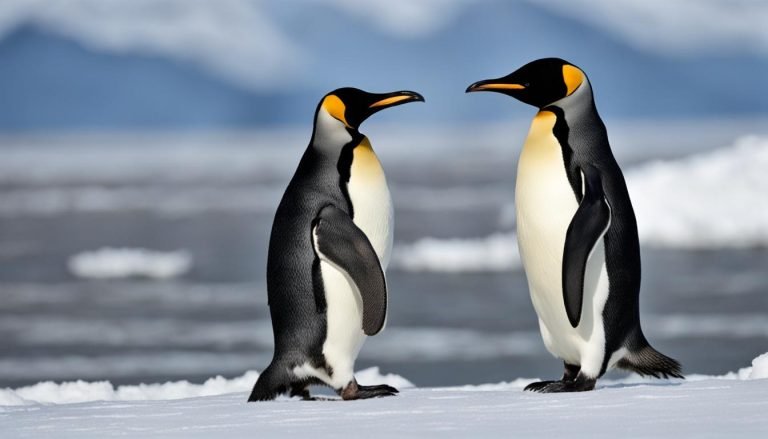Snake
Snakes are among the most intriguing creatures on our planet. With over 3,000 different species, these reptiles captivate us with their unique characteristics and remarkable variety. From the tiniest Barbados thread snake measuring a mere 4 inches to the gigantic reticulated python stretching over 30 feet long, snake sizes range across an impressive spectrum.
One cannot help but be in awe of the diverse array of snake species inhabiting our world. Their elongated bodies, covered in scales, grant them the flexibility to navigate their surroundings in a slithering motion. These remarkable reptiles belong to the suborder Serpentes, showcasing nature’s ingenuity in the form of these captivating creatures.
Habitat
Snakes can be found in a wide variety of habitats across the world, including forests, grasslands, deserts, wetlands, and even water bodies such as rivers and lakes.
Each snake species has its own preferred habitat based on factors such as temperature, humidity, and food availability.
Some snakes are adapted to live both on land and in water, while others are more specialized to a particular environment.
Forest-dwelling snakes, for example, may prefer areas with dense vegetation and ample prey opportunities.
Desert-dwelling snakes, on the other hand, are adept at surviving in arid conditions and may burrow underground to escape extreme temperatures.
Snakes are highly adaptable creatures and can be found in diverse habitats around the globe.
Behavior
Snakes are fascinating creatures with unique behavior and characteristics. While they are generally solitary creatures, some snake species may gather in large numbers during specific times, such as breeding season or hibernation.
As cold-blooded animals, snakes rely on their surrounding environment to regulate their body temperature. They can often be found basking in the sun to warm up or seeking shade to avoid overheating. Their ability to maintain the right body temperature is crucial for their survival and overall well-being.
Many snake species are skilled climbers and can move vertically in search of prey or to escape potential threats. Their versatile bodies allow them to navigate through a variety of terrains and habitats. Snakes have elongated bodies covered in scales, providing them with protection and flexibility in movement.
A characteristic behavior of snakes is the flicking of their tongues to sense the air for scents. This helps them locate prey and avoid potential dangers. Snakes also periodically shed their skin to accommodate their growth and maintain a healthy outer layer.
During colder months, snakes may enter a state of hibernation to conserve energy and survive unfavorable weather conditions. This is a natural behavior that allows them to endure harsh environments until more favorable conditions return.
Contrary to popular belief, the majority of snake species are non-venomous. Only a few species possess venom and use it as a means of defense or to incapacitate their prey. It’s important to understand that snakes play a vital role in ecosystems and should be respected for their unique characteristics.
Hunting
Snakes, being carnivorous creatures, are skilled hunters that actively search for their food. Their diet primarily consists of small mammals, birds, reptiles, and amphibians. Some snake species even have the capability to consume larger prey, such as deer or pigs.
While some snakes are ambush predators, relying on their stealth and camouflage to surprise their prey, others are active hunters that use their excellent sense of smell and keen eyesight to locate potential meals. They employ a variety of hunting techniques, including constricting their victims or injecting venom to incapacitate them.
Once a snake has captured its prey, it swallows it whole with the help of its highly flexible jaws and stretchable internal organs. This efficient feeding mechanism allows snakes to consume prey that is much larger than their own head size.
Mortality
Snake mortality rates can vary depending on several factors that influence their survival in the wild. One of the main factors is the availability of resources, including habitat and prey. Snakes that have access to suitable habitats and abundant food sources are more likely to have higher survival rates.
However, snakes also face numerous threats from predators in their environment. Birds of prey, mammals, and even other larger snakes pose a risk to snakes and can significantly impact their mortality rates. These predators have adapted various hunting strategies to capture and consume snakes, making predation a significant factor in their mortality.
Environmental factors also play a role in snake mortality. Extreme weather events, such as droughts or floods, can directly impact snake populations by reducing their access to food and shelter. Habitat destruction caused by human activities, such as deforestation or urbanization, can further exacerbate snake mortality rates by reducing their available habitat.
Some snake species have developed specific defense mechanisms to reduce the risk of predation. For example, venomous snakes use their venom to immobilize or kill their predators, while other non-venomous species rely on camouflage or mimicry to evade detection. These adaptations help increase their chances of survival and lower their mortality rates.
The lifespan of snakes also varies greatly depending on the species. Some snakes have relatively short lifespans, living only a few years, while others can live for several decades. Factors such as size, reproductive strategies, and environmental conditions can influence the lifespan of a snake.
In captivity, where snakes are provided with proper care and conditions, they often have longer lifespans compared to their wild counterparts. The absence of predators and access to consistent food and shelter contribute to their increased longevity.
Location
Snakes are incredibly adaptable creatures, and they can be found on every continent except Antarctica. Their ability to thrive in such diverse environments is a testament to their impressive range and distribution. While some snake species are confined to specific regions, others have a broader distribution across multiple continents.
For example, the garter snake is commonly found in North and Central America, while the king cobra, renowned for its venomous bite, is native to Southeast Asia. The vast Amazon rainforest in South America is home to numerous snake species, including the mighty boa constrictor and the iconic anaconda.
Each region of the world has its unique snake fauna, with different species adapted to specific habitats. The geographical location and climate play significant roles in determining the types of snakes that inhabit a particular area. From the grasslands of Africa to the arid deserts of Australia, snakes have successfully colonized a wide range of ecosystems, showcasing their remarkable ability to thrive in various conditions.







